- Take Action: Urge Congress to End Federal Cannabis Prohibition
Blog
Reefer Madness at the New York Times
Jul 20, 2009
marijuana, Media, New York Times, science

The New York Times weighed in on the marijuana debate July 17 with an article that tilted distinctly in the direction of unwarranted hysteria.
Built around a series of anecdotes involving individuals who got into difficulty with marijuana -- which is entirely possible -- the story fell apart when it got to the science.
For example, it referred to a 2004 Journal of the American Medical Association study that "suggested that the stronger cannabis is contributing to higher addiction rates." But the Times failed to note that this study did not provide any actual evidence that higher-potency marijuana is leading to higher rates of abuse or dependence. While such a suggestion was offered by the authors, it was pure speculation, as the study was not designed to determine the effects of potency. And it was arrived at by ignoring relevant data.
According to the official diagnostic criteria, a person can be diagnosed as a "substance abuser" because of "recurrent substance-related legal problems" -- without any other symptoms. During the period of the JAMA study, marijuana arrests skyrocketed, from 300,000 in 1991 to well over 700,000 in 2001. Given the complete lack of scientific evidence that high-potency marijuana is more addictive, the massive increase in arrests represent a more plausible explanation for the increase in purported "marijuana abuse."
The story also failed to note that there is no scientific consensus that increases in potency represent any risk at all. For example, an examination of the issue published last year in the journal Addiction noted that claims about increased potency date back to at least 1975, but that "more research is needed to determine whether increased potency ... translates to harm for users."
And the Times, which gave little space to scientists not hysterical about marijuana, let all sorts of utter nonsense go unrefuted, including National Institute on Drug Abuse director Nora Volkow's bizarre claim that "it's going to take some real fatalities for people to pay attention" to marijuana. Given that the number of proven fatalities caused by marijuana's direct effects remains zero, basic journalism should have required the Times to get a contrasting view from one of the many scientists with at least some grip on reality.

